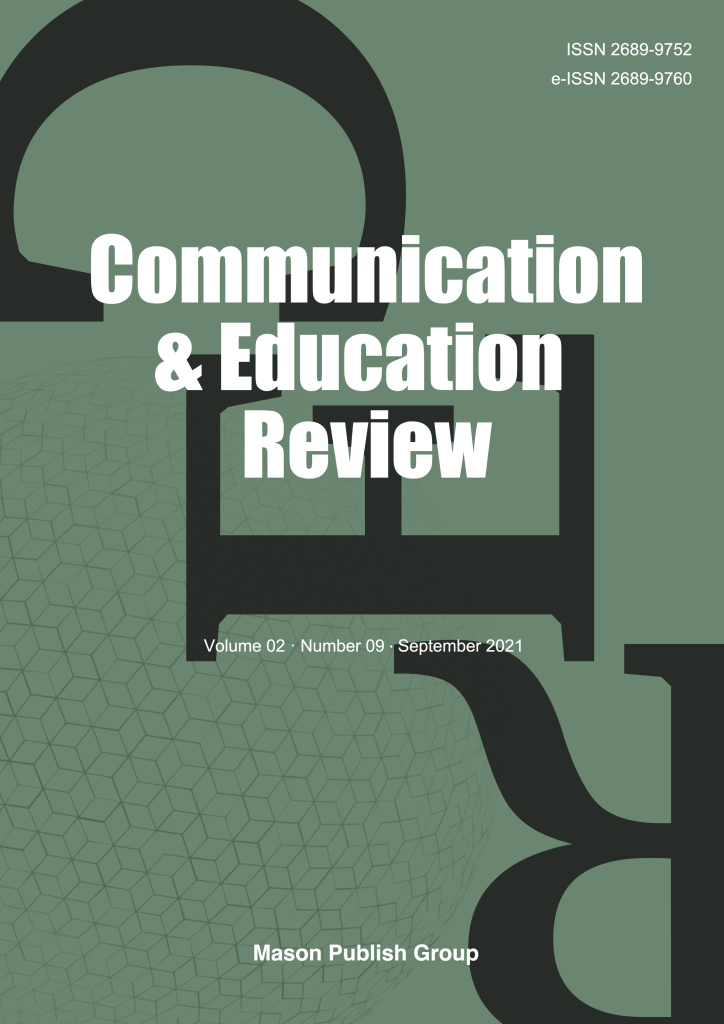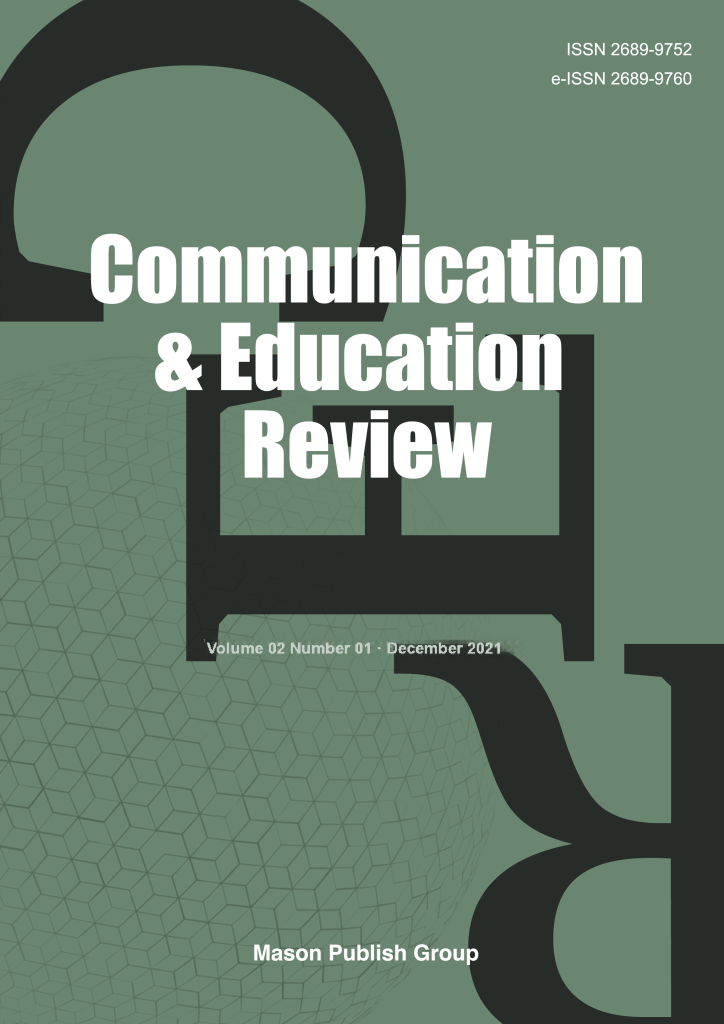Research on the Industrialization of Traditional Crafts in Guangxi Region under the Perspective of Neoclassical “Structure-Function Theory”
DOI:
https://doi.org/10.37420/j.cer.2021.066Keywords:
EoclassicalAbstract
Traditional crafts in Guangxi, as an important element of gorgeous national culture, are facing the dilemma of inheritance and exploitation under the change of their survival feld. This paper investigates the industrialization of traditional crafts in Nandan and Donglan counties of Hechi, Guangxi, based on the perspective of neoclassical "structure-function theory", and explores how traditional crafts can build new functions and structures in the development of modern cultural industries against the background of functional changes in the original survival field, and how new "structure-function" can be applied to the development of local cultural industries. The study explores how traditional crafts can build up new functions and structures in the development of modern cultural industries against the background of functional changes and changes in the original survival field, and how the new "structure-function" can contribute to the economic development and cultural reproduction of local society, extend the industrial chain of traditional crafts through the innovation of industrialized production mode and multiple business modes, and realize the protection and inheritance and innovative transformation of traditional crafts.
Downloads
Published
Versions
- 2025-04-22 (3)
- 2025-04-22 (2)
- 2021-12-30 (1)





